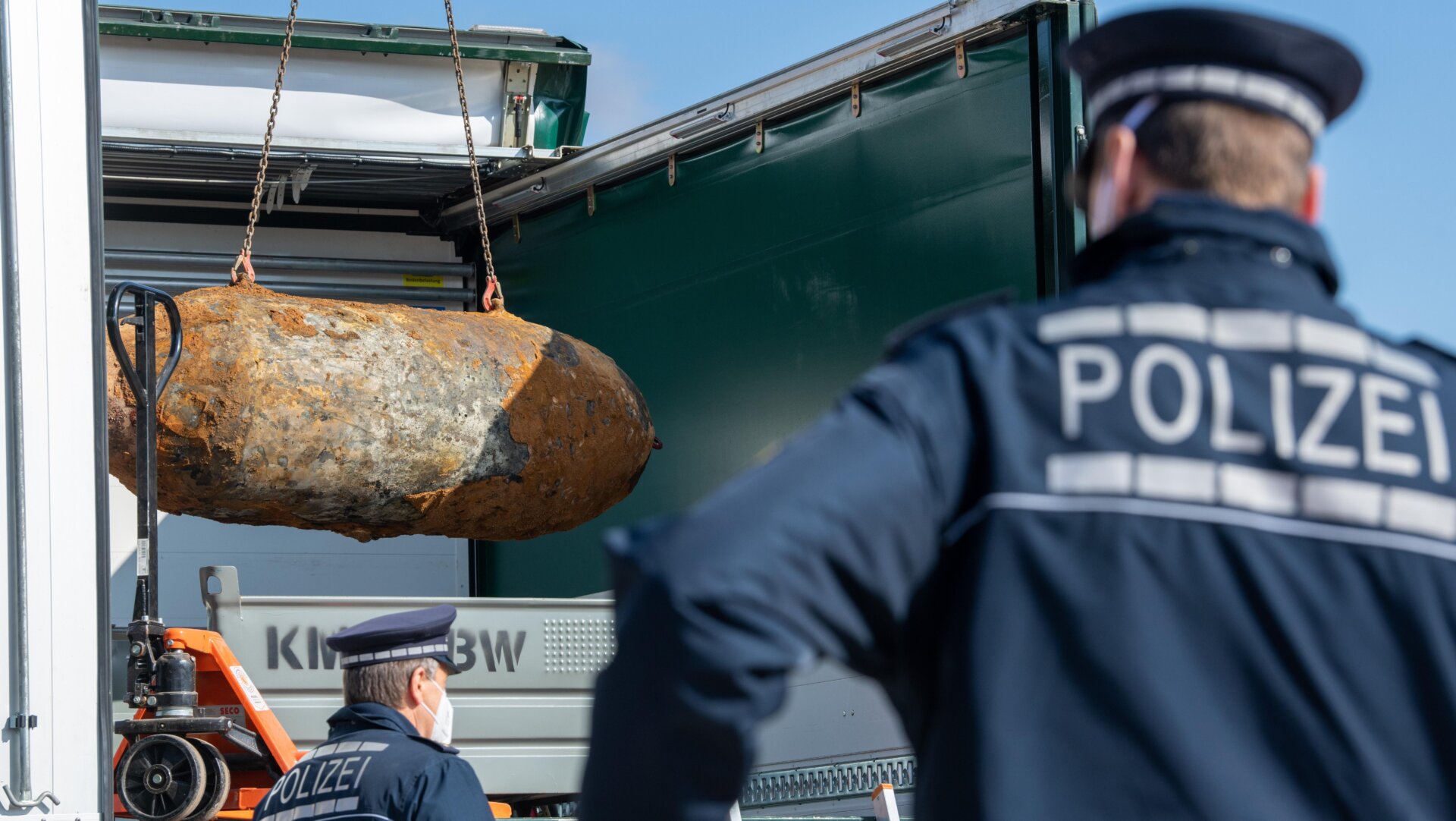Turtle shells are truly remarkable structures. As embryos, turtles’ bones begin to fuse, as ribs, shoulder bones, and vertebrae merge together to form the hard outer shell. That’s an incredible evolutionary adaptation, and the Permian fossil Eunotosaurus helps explain how turtles got their shells.
Tyler Lyson, a researcher at Yale University and the Smithsonian, has been studying the Eunotosaurus pictured below. Dating back 260 million years, it’s our clearest look yet at a transitional stage before the turtle shell was fully developed. Until now, most fossils of ancient turtle relatives still featured complete shells, which meant that it wasn’t really possible to glean much insight on how the shell had actually evolved. In a statement, Lyson explains some of his findings:
“The turtle shell is a complex structure whose initial transformations started over 260 million years ago in the Permian period. Like other complex structures, the shell evolved over millions of years and was gradually modified into its present-day shape. The reason, I think, that more animals don’t form a shell via the broadening and eventually suturing together of the ribs is that the ribs of mammals and lizards are used to help ventilate the lungs. If you incorporate your ribs into a protective shell, then you have to find a new way to breathe!… It is clear that this novel lung ventilation mechanism evolved in tandem with the origin of the turtle shell.”
Speaking to the BBC, Lyson added:
“One of the direct consequences of forming a protective shell by broadening and locking their ribs is that turtles cannot use their ribs to breathe. Instead turtles have developed a unique abdominal muscular sling that wraps around their lungs and organs to help them breathe.”
Check out the BBC article for more on The original paper is at Cell Biology.
Top image by www.kewlwallpapers.com on Flickr. Fossil image by Tyler Lyson.













